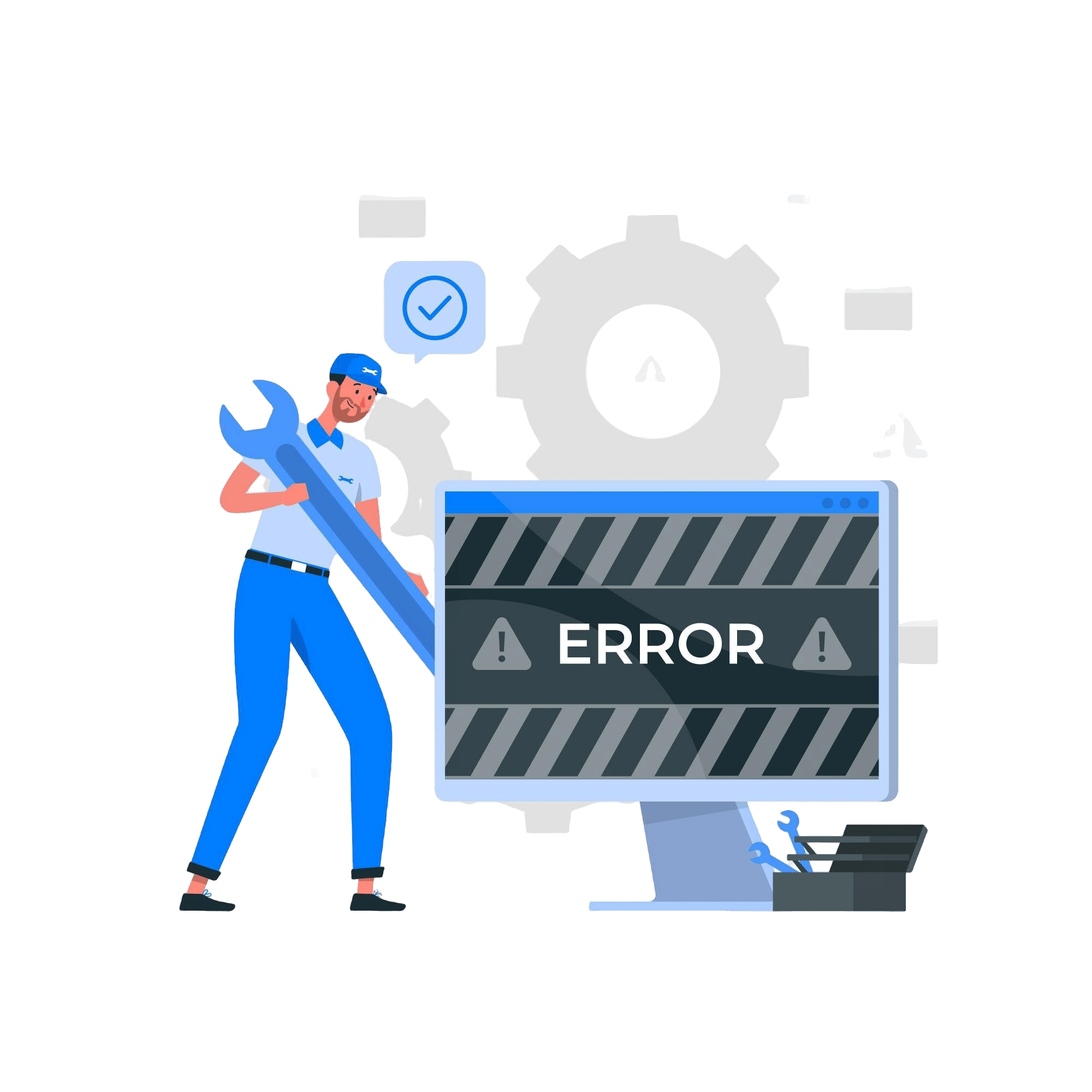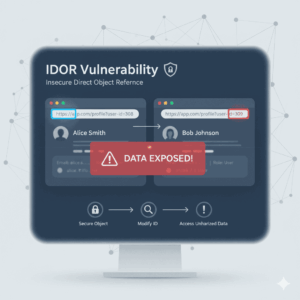Introduction | Developer Mistakes in Cybersecurity
We all know how important cybersecurity is today. Yet, even the most skilled developers can make mistakes that expose web applications to cyber threats. These “Developer Mistakes in Cybersecurity” can lead to data breaches, financial losses, and reputation damage for businesses. This article highlights the top 5 Developer Mistakes in Cybersecurity and provides actionable solutions to fix them.

1. Ignoring Input Validation
The Mistake:
Developers often fail to properly validate user inputs, leaving applications vulnerable to attacks like SQL injection (SQLi), Cross-Site Scripting (XSS), and Command Injection. Hackers exploit these vulnerabilities by injecting malicious code into input fields, gaining unauthorized access to data or systems.
How to Fix:
- Use Whitelisting: Only allow expected input formats (e.g., numbers for age, email format for email fields).
- Implement Escaping: Use libraries or frameworks to escape special characters (e.g.,
htmlspecialchars()in PHP orESAPIfor Java). - Adopt Parameterized Queries: Use prepared statements to interact with databases. For example, use
mysqli_prepare()in PHP orPDOfor SQL queries. - Test Regularly: Employ tools like OWASP ZAP to simulate injection attacks and verify input validation.
2. Storing Sensitive Data in Plain Text
The Mistake:
Storing sensitive information such as passwords, API keys, and user data in plain text increases the risk of data breaches. If attackers gain access to your database, they can exploit the unencrypted data instantly.
How to Fix:
- Hash Passwords: Use strong hashing algorithms like bcrypt or Argon2.
- Encrypt Sensitive Data: Store data using encryption standards such as AES-256. Avoid weak or outdated algorithms like MD5 and SHA1.
- Use Environment Variables: Keep sensitive credentials out of source code by storing them in environment variables.
- Implement Regular Security Audits: Regularly review how sensitive data is stored and accessed.
3. Improper Session Management
The Mistake:
Weak session management can lead to session hijacking, where attackers impersonate legitimate users by stealing their session IDs. This often happens when developers fail to secure cookies or implement proper session expiration.
How to Fix:
- Secure Cookies: Always use the
SecureandHttpOnlyflags for cookies. - Use Session Tokens: Generate unique, unpredictable session tokens and avoid exposing them in URLs.
- Implement Timeout Policies: Set short session expiration times and require re-authentication after prolonged inactivity.
- Enable Multi-Factor Authentication (MFA): Add an extra layer of security to user sessions.
4. Hardcoding Secrets in Source Code
The Mistake:
Hardcoding API keys, database credentials, or other secrets in the source code is a critical security lapse. If your code is leaked or accessed by unauthorized parties, these secrets become a gateway for attackers.
How to Fix:
- Use Secret Management Tools: Tools like HashiCorp Vault, AWS Secrets Manager, or Azure Key Vault securely manage credentials.
- Environment Configuration Files: Store secrets in configuration files that are excluded from version control (e.g.,
.envfiles managed by dotenv libraries). - Implement Access Controls: Limit access to sensitive files and ensure they are encrypted.
- Rotate Secrets Regularly: Periodically update keys, tokens, and passwords to reduce exposure risk.
5. Neglecting Security Updates and Patches
The Mistake:
Failing to update software, libraries, and frameworks in use creates opportunities for attackers to exploit known vulnerabilities. This mistake often stems from prioritizing development speed over security.
How to Fix:
- Automate Updates: Use tools like Dependabot or Renovate to identify and apply updates for dependencies.
- Monitor Vulnerabilities: Subscribe to security advisories for the technologies you use (e.g., CVE databases or vendor-specific alerts).
- Test Updates: Before deploying updates, test them in staging environments to ensure compatibility.
- Develop a Patch Management Policy: Establish a policy to regularly review and apply security patches.
Conclusion | Developer Mistakes in Cybersecurity
Addressing these common “Developer Mistakes in Cybersecurity” is essential for protecting your website and business from cyber attacks. As a website owner, it’s crucial to ensure your developers are following best practices and prioritizing security at every stage of development.
By validating inputs, securing sensitive data, managing sessions properly, safeguarding secrets, and keeping software updated, you can significantly reduce the risk of Developer Mistakes in Cybersecurity. Investing in cybersecurity today will save you from costly breaches tomorrow.
If you’re unsure about the security of your website, We are here to help.





